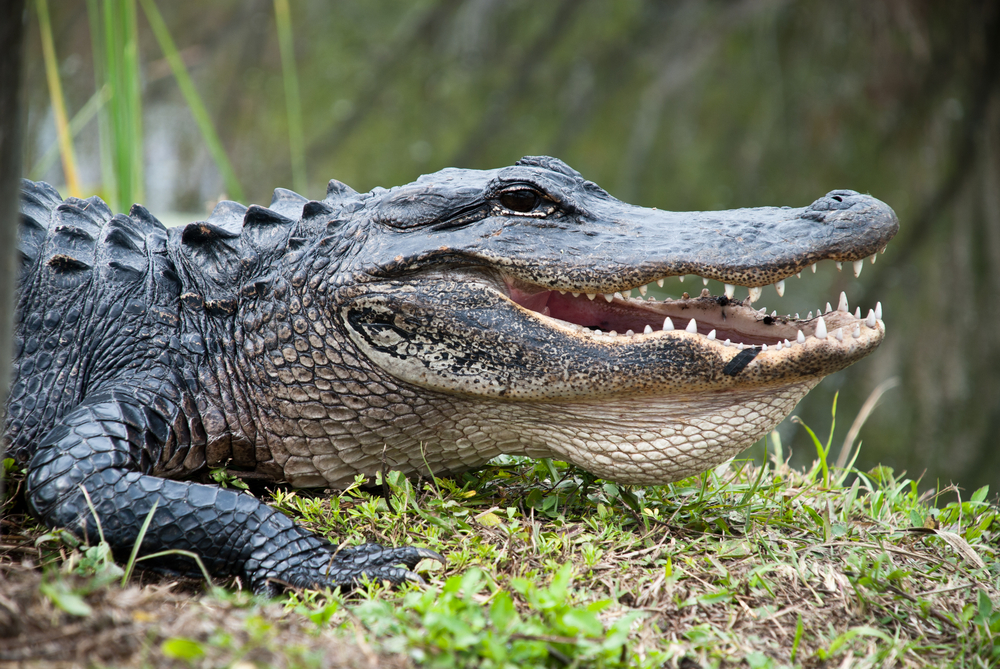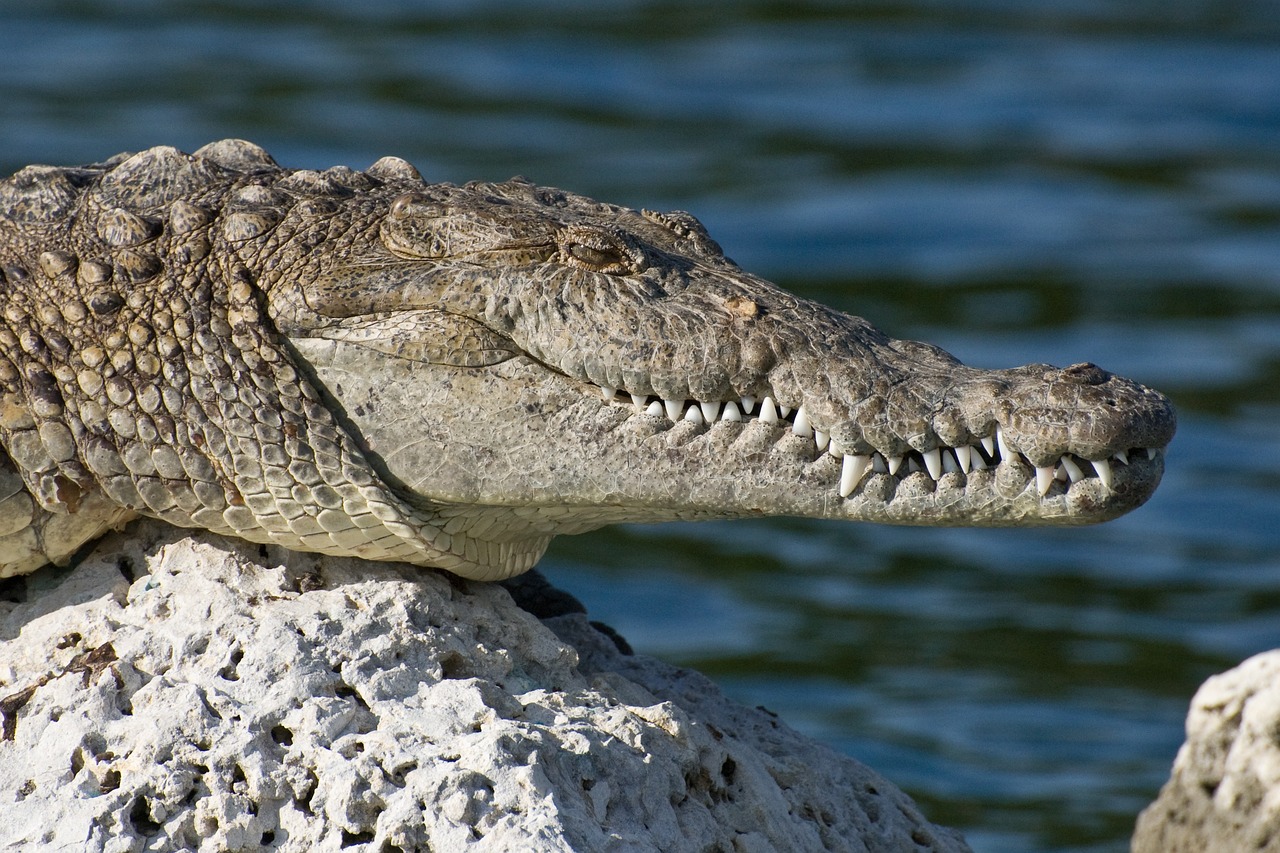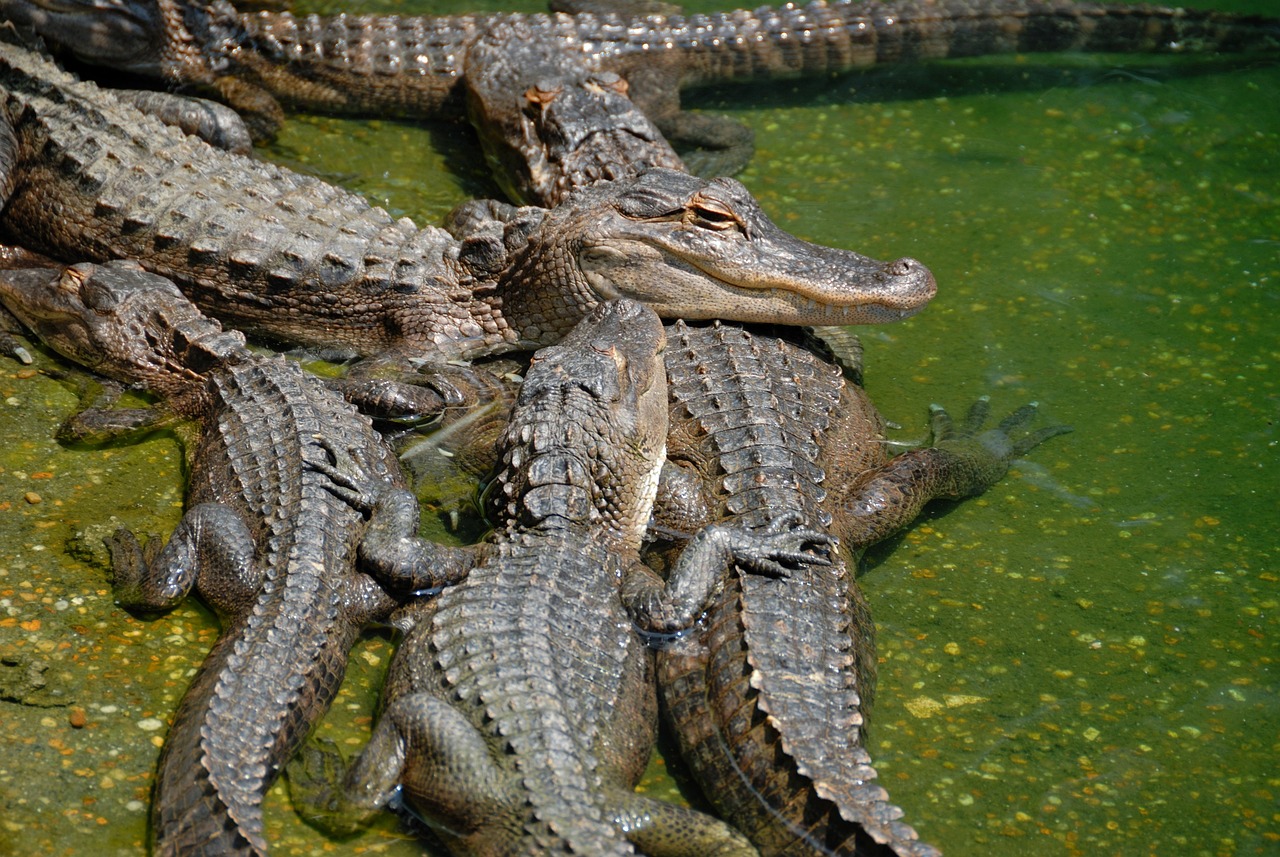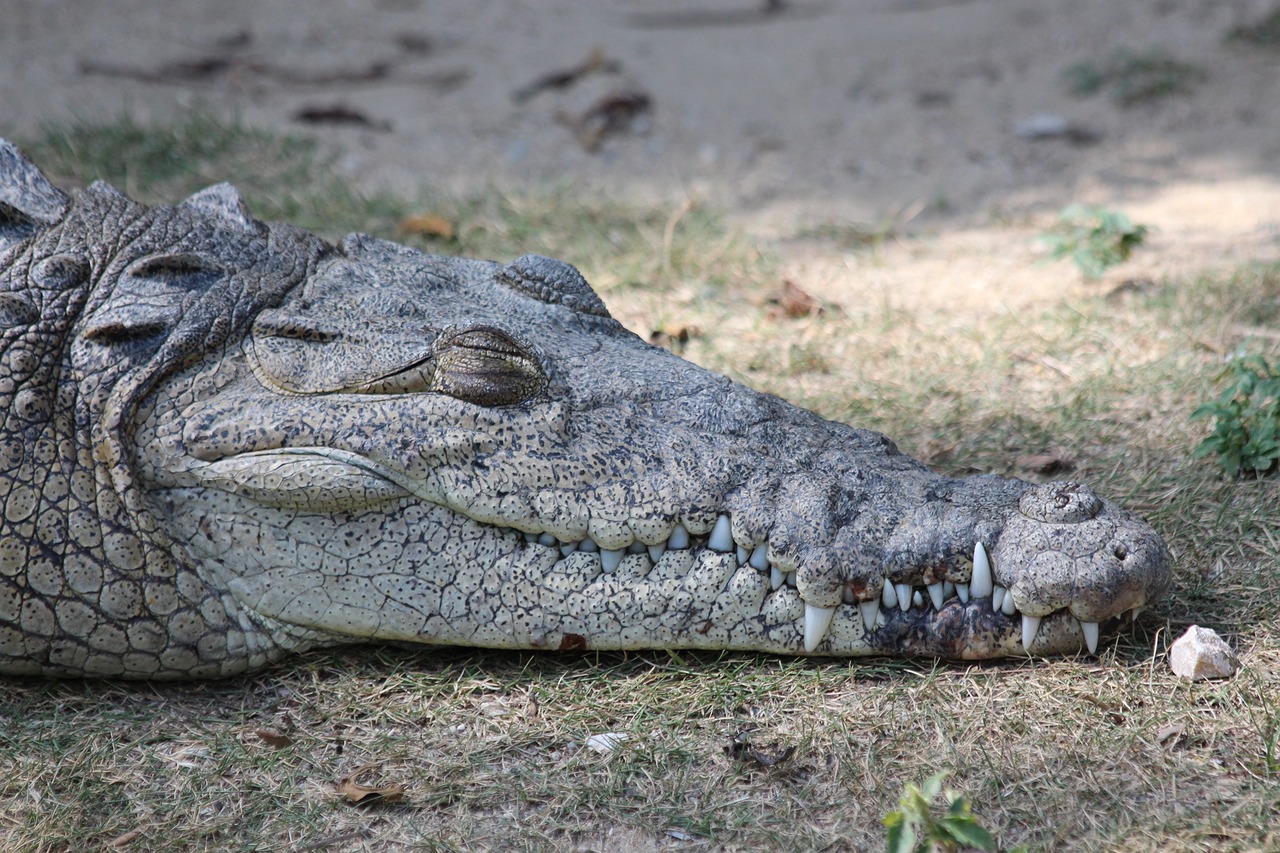The American Crocodile (Crocodylus acutus) and the American Alligator (Alligator mississippiensis) are distinct species with several notable differences:
- Appearance:
- Snout Shape: The American Crocodile has a narrower and more V-shaped snout, adapted for catching fish. In contrast, the American Alligator has a broader, U-shaped snout, which is better suited for a generalist diet.
- Coloration: The American Crocodile tends to have a lighter, more olive or grayish color, while alligators are usually darker, often nearly black.
- Habitat:
- The American Crocodile is more salt-tolerant and often found in brackish water environments like estuaries, mangroves, and coastal areas. The American Alligator primarily inhabits freshwater environments like swamps, rivers, and lakes.
- Geographical Range:
- American Crocodiles are found in South Florida, parts of the Caribbean, Central America, and the northern coast of South America. American Alligators are more widespread in the southeastern United States, particularly in Florida and Louisiana.
- Behavior and Temperament:
- American Crocodiles are generally more reclusive and less aggressive towards humans compared to American Alligators. However, both can be dangerous if provoked or threatened.
- Conservation Status:
- The American Crocodile was historically more at risk and is still considered vulnerable in parts of its range, whereas the American Alligator’s population has recovered sufficiently to be removed from the endangered species list.
- Cold Tolerance:
- American Alligators are more cold-tolerant than American Crocodiles, which prefer warmer, coastal environments.
Understanding these differences is important for conservation efforts and for minimizing human-wildlife conflict, especially in regions where their habitats overlap, like in South Florida.






































































